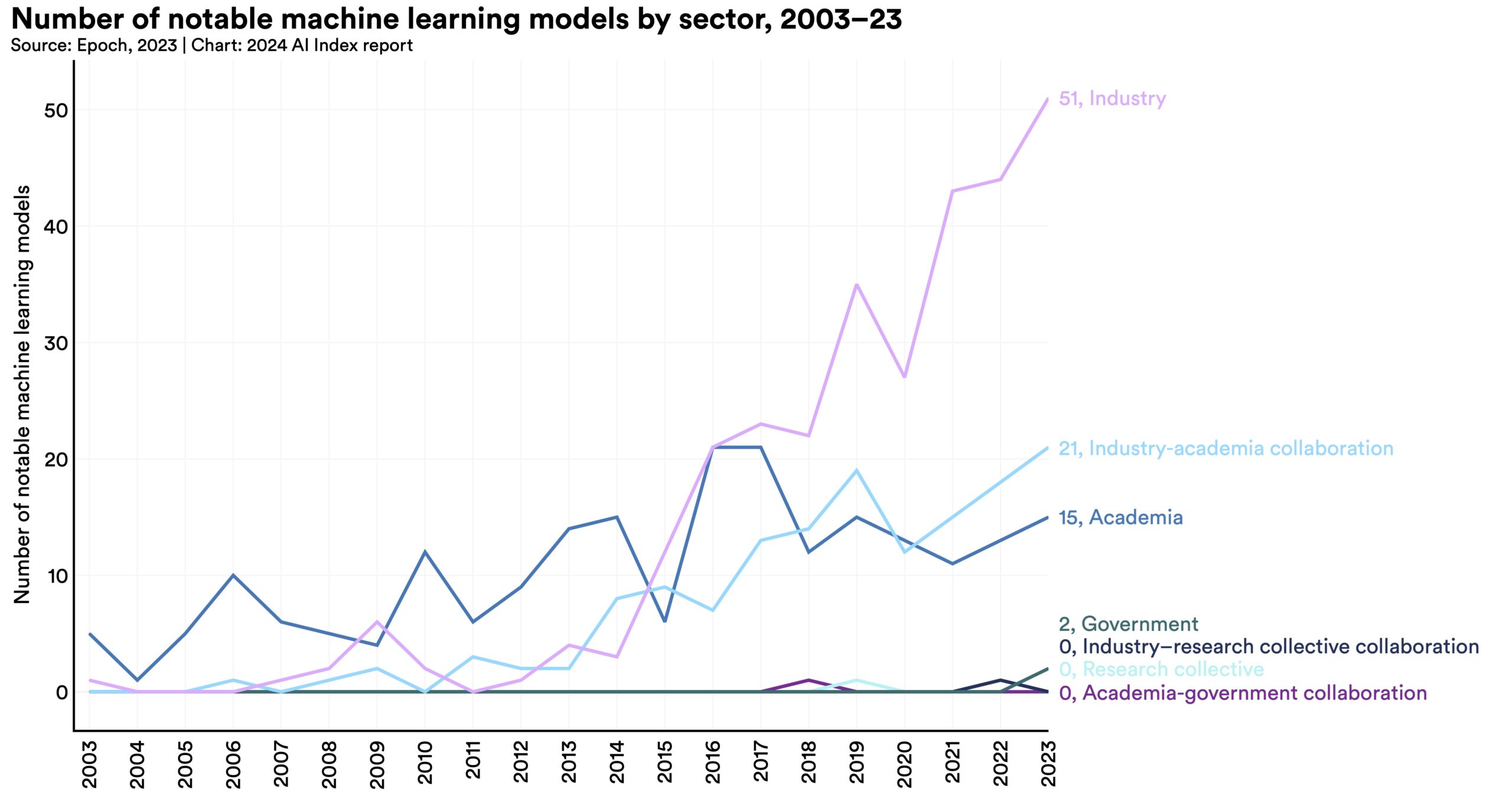The Future of Research Workflows: AI Deep Research Agents
In recent years, research workflows have transformed dramatically. Once constrained by manual literature reviews, siloed datasets, and fragmented tools, researchers increasingly rely on AI-powered deep research agents. These advanced systems are not only automating the synthesis of vast information but are also creating a bridge between proprietary technologies and open‐source innovations. In this post, we explore how these hybrid research agents are reshaping the landscape of academic and industrial research, enabling faster, more flexible, and cost-efficient discovery.
The Rise of AI-Powered Deep Research Agents
OpenAI recently launched a tool dubbed deep research—an AI agent that autonomously scours the internet to collect, analyze, and synthesize information into detailed reports. Unlike traditional chatbot interactions that provide instantaneous responses based on pre-trained data, deep research is designed to emulate the workflow of a professional research analyst. Once prompted, it embarks on a multi-step process—browsing websites, parsing documents (including PDFs, images, and spreadsheets), and finally generating a comprehensive report with citations—all within a timeframe ranging from 5 to 30 minutes. This represents a significant shift from earlier models’ “one-shot” responses to a more deliberate, step-by-step inquiry process.
The Impact of AI Deep Research Agents
AI deep research agents are at the heart of this transformation. These agents go beyond simple search functions—they are designed to think, plan, and adapt to complex research tasks. For example, innovative projects like the one detailed by Milvus demonstrate how open‐source deep research agents can autonomously synthesize information from sources such as Wikipedia and scientific journals, creating fully cited, coherent reports in a fraction of the time traditional methods require.

Meanwhile, Chinese firms like DeepSeek have entered the scene with highly efficient AI models combining low training costs and strong reasoning capabilities. DeepSeek’s models reportedly achieve competitive performance compared to their proprietary peers—but at a fraction of the cost—thereby challenging the conventional wisdom that only heavyweight, proprietary models (like those from OpenAI or Google) can deliver high-quality results.
The Convergence of Proprietary and Open-Source Technologies
One of the most exciting developments is the convergence of two previously distinct camps: the proprietary and the open‐source. On the proprietary side, companies like OpenAI, Google, and Meta have traditionally dominated with massive investments in research and infrastructure. Their models—though powerful—are often “black boxes” with high training and deployment costs. In contrast, the open-source community has championed transparency and collaboration.

Initiatives from David, Nicolas Camara, and others provide researchers and developers with modular, customizable tools that democratize access to advanced AI.
The Future of AI-Powered Research
AI deep research agents represent a pivotal shift in discovering and applying knowledge. By bridging the gap between the power of proprietary systems and the flexibility of open-source frameworks, these agents are setting the stage for a more democratic and efficient research ecosystem. Whether it’s reducing the cost of model training or enabling custom-tailored research workflows, the future is bright for an AI-powered research revolution. As academic and industry players embrace these tools, we can look forward to once unimaginable breakthroughs, accelerating the pace of discovery in every field.
By embracing proprietary rigor and open-source collaboration, the next generation of AI deep research agents is poised to reshape how we understand and interact with the research world. Stay tuned as we continue to explore these groundbreaking trends.
Sources: Milvus Blog, Business Insider, Botpress Blog




















